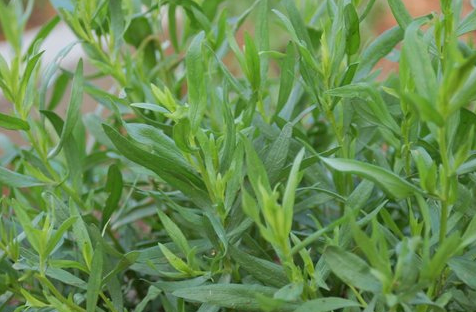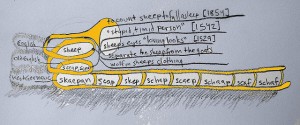
Even if you are not a budding chef, you might have heard of this herb. It can be used in all sorts of ways in cooking, especially with chicken, eggs and fish. And if you are fortunate enough to have tried French cuisine, you may have had it in Bearnaise sauce.
But where did the name come from? You might think it looks very English, but in fact, this word has had quite a journey to reach us in the form it is today in English.
“Tarragon” first appeared in this form in the 1530s, but it came from an earlier English form; taragon. This was formed from the Middle French term targon, which came from Medieval Latin tragonia. But the story doesn’t end here. There is an intriguing twist in the tale.
Medieval Latin took the word from Byzantine Greek, which was the Greek spoken after 330 CE. It appears there as tarchon (ταρχόν). And this is where it gets really interesting. It seems that the Byzantine Greek word came from Arabic tarkhun, which was itself a borrowing from an older Greek word; drakon (δράκον), which meant “dragon”. So Greek gave the word to Arabic, which adapted it to suit Arabic sounds, and then Greek took it back again in the new form! When this happens, it is known as a “reverse loan word”.
But why do we call this plant “dragon”? It hardly breathes fire at us, after all! 
The name originates in the superstition that you could work out the possible uses of a plant from how it looked. It was once widely believed that tarragon was the cure for snake-bite.
Tarragon root has a vaguely snake-like shape, and sometimes the leaves can be pointy and resemble claws. Put snake and claws together, and what do you have but a dragon!
Title Photography: J.D Falk
Eigirdaz: Dragon bridge in Ljubljana, Slovenia




I have to confess, every time I think of tartagon, I think of that episode of Everybody loves Raymond where Marie put a basil label on a tarragon bottle in order to sabotage Debra’s cooking. Just another odd tale in the serpentine history of the herb. Hardy har.